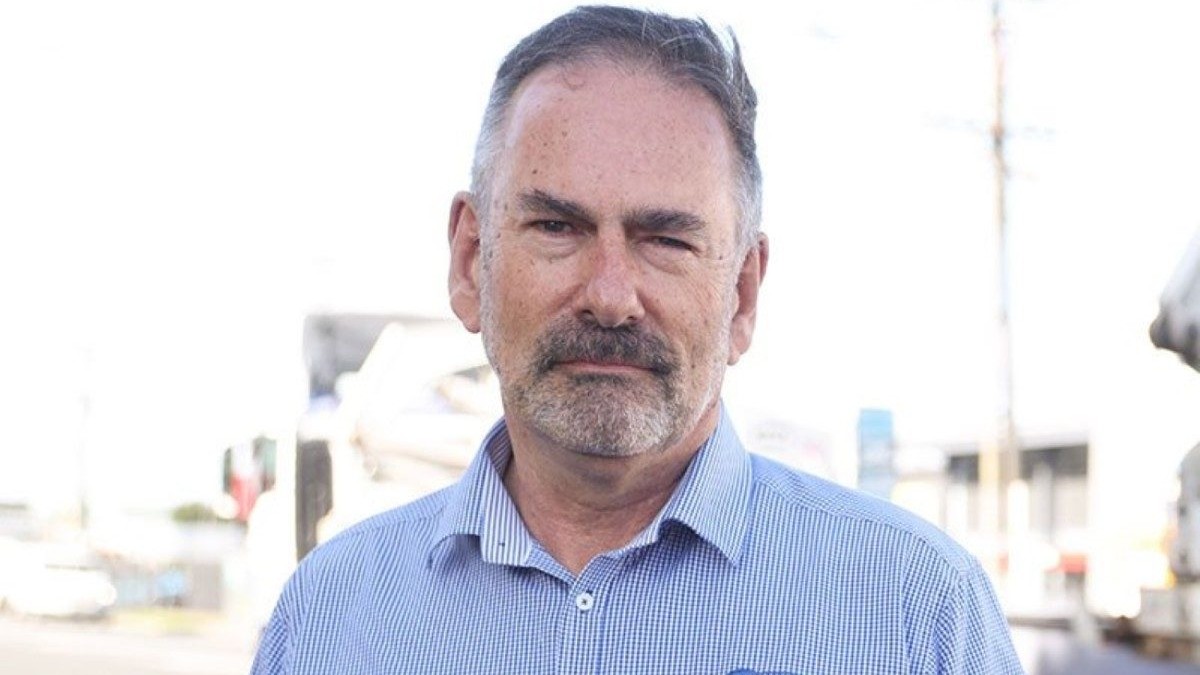50- year plan required to safegurad against road failures

There is much to celebrate about the speed at which Waka Kotahi has moved to construct a new 124m viaduct bridge on SH25A between Kopū and Hikuai. Re-opening the road reconnects communities that have become increasingly isolated and provides a much- needed economic lifeline for businesses hit repeatedly by economic shocks. From Covid- 19 to cyclones, the Coromandel has been hit hard.
It’s important to recognise how significant this engineering feat is – because it is, without a doubt, a true feat in human and machinery terms – by Waka Kotahi and its contractors.
However, we also need to stay grounded in the facts about how we got to this point. Yes, SH25A failed following repeated extreme weather events over the summer of 2023. But the road’s increasing fragility and lack of resilience had been in the making for quite some time. Inadequate road maintenance and poor drainage likely led to gradual water egress under the surface.
When the heavy downfalls associated with Cyclone Hale hit, the already waterlogged soil could take no more, and the road slumped and cracked before it fell away altogether.
The reconnecting of SH25A shows how powerful a shared desire by central and local government to streamline processes, remove hurdles and expedite contracts can be. Not only is the work coming in ahead of schedule, but under budget.
And this is where we need to be careful not to kid ourselves. This has come at immense personal and financial cost to the communities and businesses of the Coromandel and was likely avoidable had appropriate maintenance been carried out.
Further north, we see a similar situation playing out. SH1 through the Brynderwyns has been a problem since the 1960s. It has a long history of continual slip and under-slip issues requiring repair. If ever there was a better example for why we need a 50-year roading infrastructure plan, you might say the Brynderwyns epitomises it – talk of a diversion to the Brynderwyns has been happening since the 1970s.
New Zealand has demonstrated a long history of lack of leadership when it comes to roading infrastructure. We consult everything to death, and everyone’s an armchair expert. We move at a glacial speed, and it’s not until we are faced with catastrophic failure that we find a way to move forward.
Right now, we are potentially one major weather event away from a significant roading failure with the Brynderwyns. If this happens, there is no quick fix; instead, Northland would be faced with a very long wait for a bypass. This section of SH1 consists of seven or eight corners, all delicately balanced on a steep slope. Repairs require space to be dug out of the uphill slope to move the road across while the existing under-slips are simultaneously remedied. This work cannot occur while the road remains open; there is not enough space. However, repairs are a critical priority due to the precarious state of the road. To do nothing is not an option.
A planned road closure will enable authorities to prepare detour routes appropriately to accommodate commuter and freight traffic safely. Recent weather events led to diversions that exposed several weaknesses across the detour network, but these lessons can now be used to enable officials to facilitate planned diversions far more safely and effectively – minimising disruption as much as possible.
There is no doubt a two-month closure will still feel like an ‘economic barricade’ for the communities and businesses of Northland. Like the Coromandel, it will come at a cost, and that is why NRC is calling on the authorities to provide financial support via a resilience fund for affected businesses.
Repairing SH1 is the first part of the government’s ongoing commitment to Northland. The second part is continuing to invest in the ongoing maintenance of the Brynderwyns while fast-tracking the consenting, design and build process for the bypass. Just like SH25A, once the paperwork is ticked off, the bypass can progress at pace, unconstrained by other road users, likely delivering similar savings in time and money. But first, it must be prioritised.
Looking ahead, we can only avoid repeating this type of devastating network failure by developing a 50-year roading infrastructure plan that delivers a safe, productive and resilient roading network. The plan and its funding must be overseen independently from the government to ensure the emphasis remains on the long term, not the three-year election cycle.




